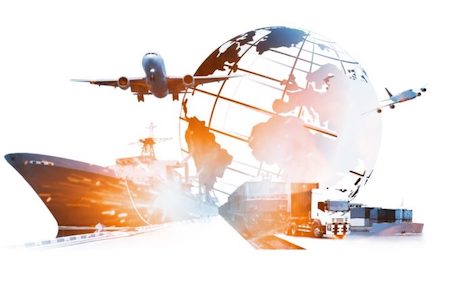


The Transparency Battle: Where to Start
Transparency in freight procurement is paramount to success. In an industry riddled with moving parts, it’s important that shippers see the complete picture so they can maximize supply chain efficiency. Unfortunately, multiple roadblocks lay in the way. Here are a few things shippers, and transportation departments, should consider in order to cultivate a transparent freight procurement operation. Obtain Actionable Data Many important freight procurement questions still go unanswered because there are massive data gaps in transportation and logistics, which makes it difficult for shippers to effectively manage today’s market volatility. Ideally, a shipper would turn to data to quickly uncover how to optimize the carrier network so they can maximize the transportation budget and deliver products on time. They’d have data at their fingertips that identify which carriers to replace, keep, and/ or add. With smart tools that provide actionable data outputs, shippers have the ability to gain deeper insights so proper carrier adjustments can be made. Limit Freight Brokers From pricing to performance data, brokers are known for opacity. Today, new intelligent automation technology empowers shippers to eliminate the need for freight brokers by providing direct access to a healthy freight marketplace full of compliant, asset-based carriers. When the freight broker is eliminated, and carriers bid directly on loads, shippers no longer need to wonder how much of the truckload cost went to the broker versus the carrier. And because carriers set truckload prices-- not non-transparent brokers-- shippers obtain a clearer picture of the true-market cost to haul a specific load. Transparency Within the Team It’s just as important to have transparency in-house than it is to get it from outside partners and vendors. Successful...
Worried about supply chain issues? Make sure you’re looking at logistics spending.
Originally posted on StrategicCFO360. With logistics spending reported to have hit $10.6 trillion last year alone, it’s surprising that some executives still focus attention on manufacturing processes, and not the supply chain as a whole to benchmark productivity. When doing so, organizations miss out on staggering cost-reduction opportunities. It’s common for financial teams to look at logistics only as a hefty, but necessary, line-item within the annual budget. And unfortunately, due to outdated technology and lack of actionable data, logistics—in particular, freight procurement—continues to be one of the leading areas of financial waste for many companies. Logistics operations and infrastructure are renowned for being slow to adopt innovative technology and/or process changes. In fact, many companies are still using a decades-old approach to freight procurement. Why? Maybe logistics isn’t seen as a company priority, or maybe logistics insiders stand their ground and say the current process works just fine, or it’s too hard to change. Whatever the barrier, without continuous improvement, there’s a high probability your silent peril is working against you. So, what can be done? Here are some things that CFOs should keep in mind when reviewing their yearly logistical spend, and ways they can better collaborate with—and empower—logistics teams to drive success. Ask the Right Questions Finance teams need to understand how transportation issues can impact business success. They don’t need to be logistics experts, they just need to know which questions to ask. Asking the following—and ensuring the logistics team has the right data set to answer these questions—will quickly uncover logistics weaknesses and opportunities: Are transportation costs in line with what the market is paying? Are transportation costs...
